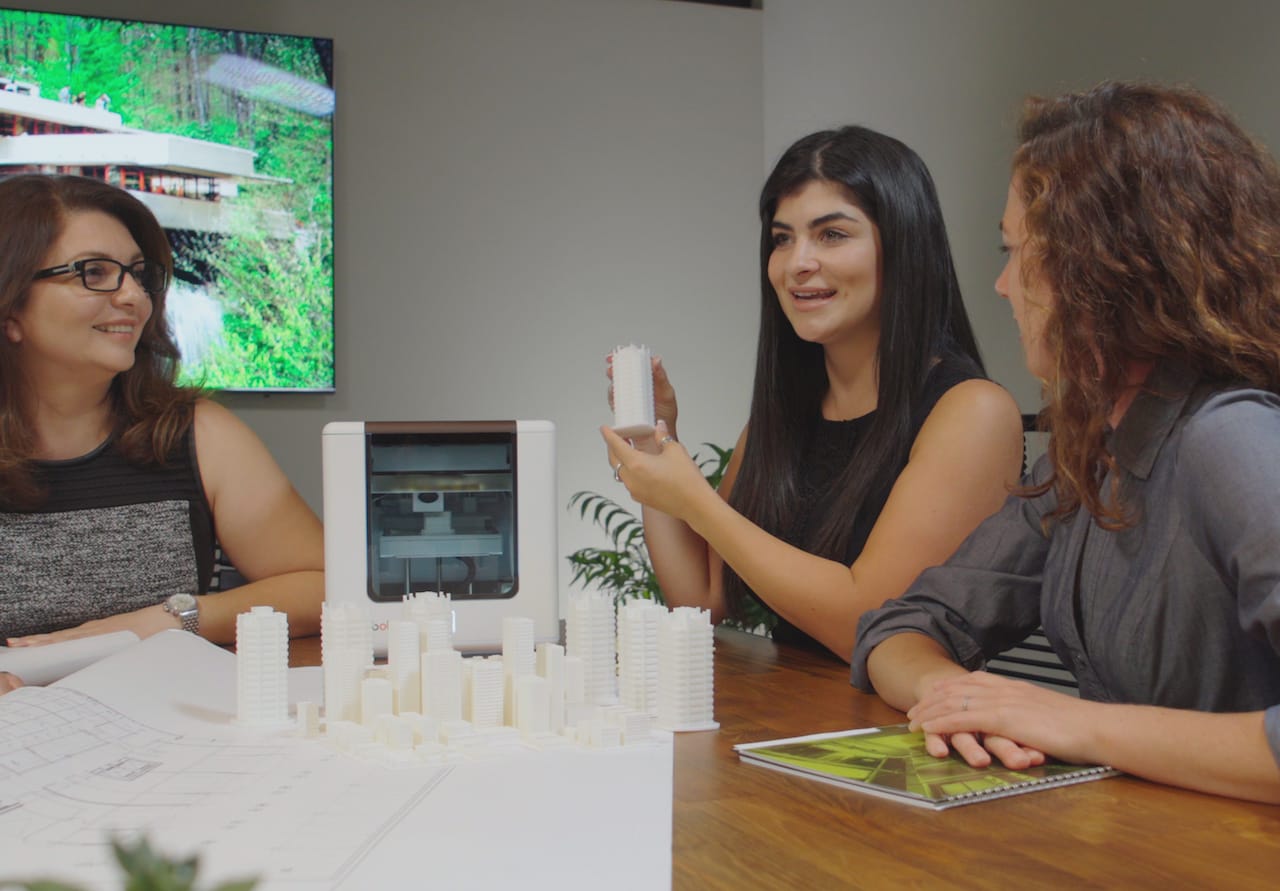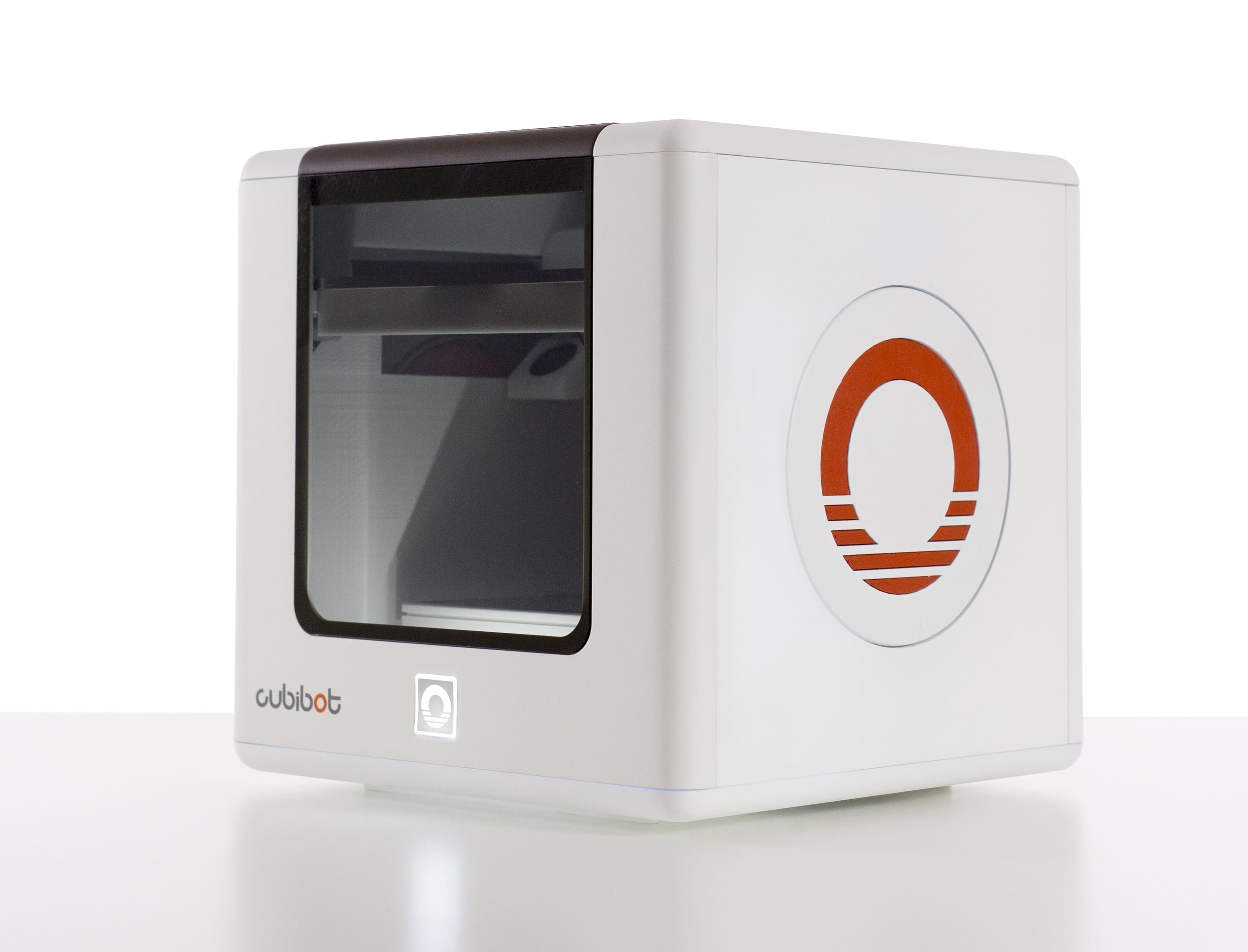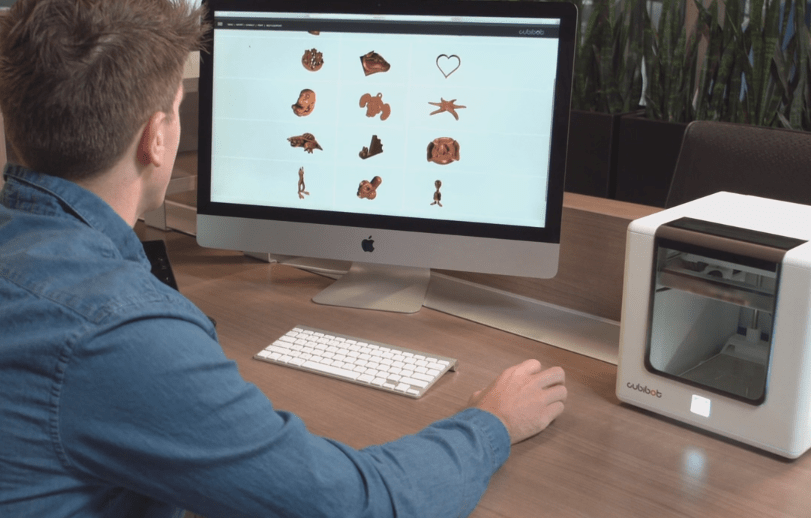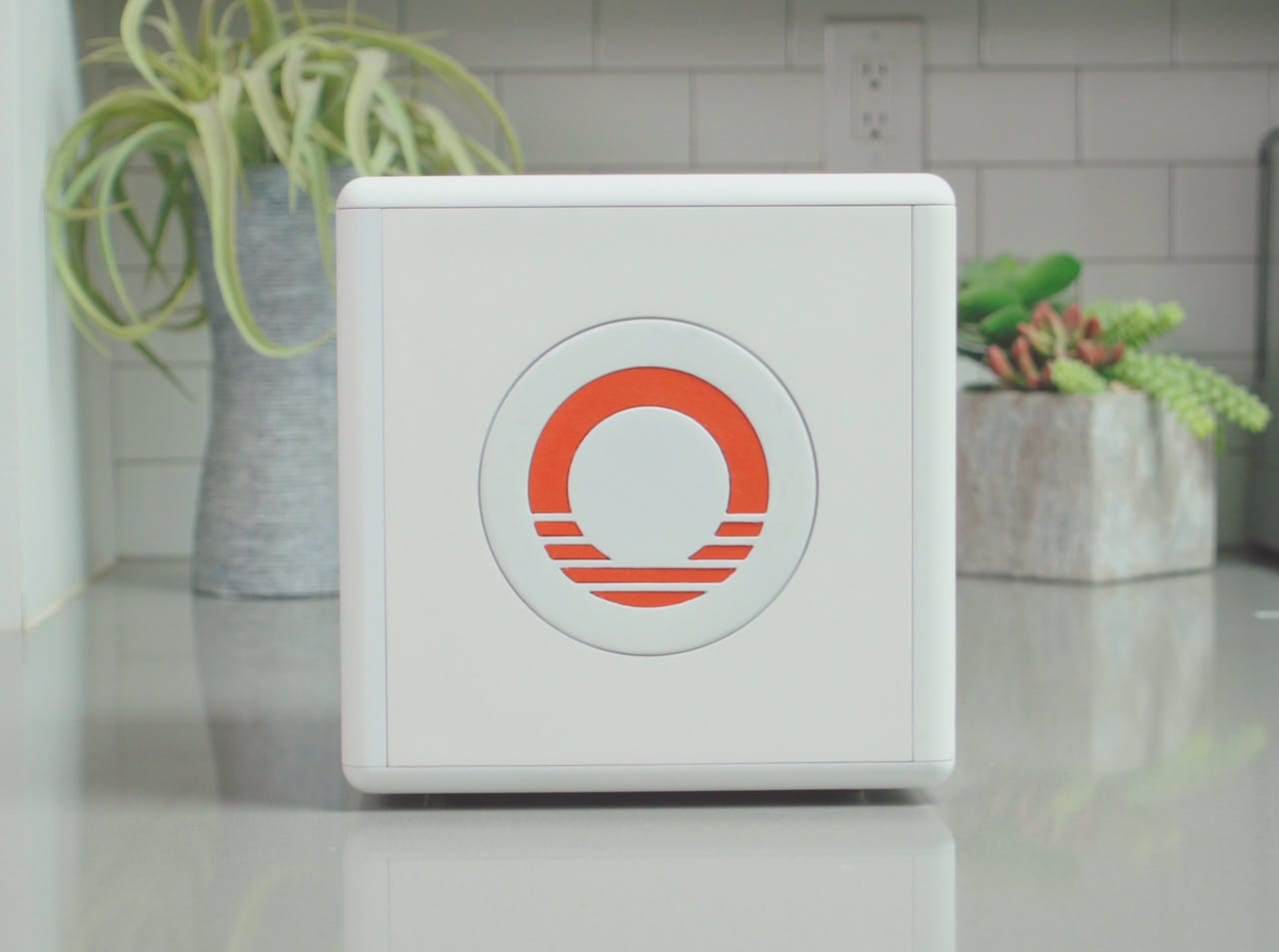
A new, very inexpensive desktop 3D printer has just been launched on Kickstarter: the Cubibot.
The Cubibot, designed by a team in San Diego, is to be priced at only USD$199 at launch, which is a pretty low price. There have been several other machines priced at that level, and even a few slightly lower, but generally those options were pretty much bare-bones machines with very limited features. Does this hold with the new Cubibot? Let’s take a look at the features of this new machine.
The build volume is relatively small, only 127 x 127 x 127mm, constraining the size of objects that can be 3D printed on this device. However, the target market for this machine, which appears to be consumers and possibly educators, typically print small objects that don’t take much time to complete, so this may not really be a limitation for users.

The resolution of the Cubibot is on par with typical desktop machines available at higher prices: layer sizes between 0.05 and 0.30mm, with 0.20mm being a sweet spot. Print speeds are also typical, with a maximum print speed of 80mm/second.
The Cubibot also includes WiFi, enabling it to communicate with the rest of the world, and indeed the Cubibot team has built an app for iOS and Android that can monitor and control the 3D printer. In an unusual move, they also include an app for web, MacOS Linux and Windows, something I haven’t seen on almost any other low cost desktop 3D printer, which typically depend on open source software options. All of these hook up to their cloud system for centralized job slicing. The cloud system also provides them with a platform for all types of interesting future software enhancements.

“Fully automated self-leveling” is also included, which, I suppose is becoming a defacto standard among desktop 3D printers these days. Good to see on an introductory device such as this, where non-automated units would often discourage eager users on their first desktop 3D printer.
Now things get a bit more interesting. The Cubibot does include a heated print surface, a feature not typically found on ultra-low-cost 3D printers. This enables the device to 3D print in materials beyond mere PLA, to include ABS, Polycarbonate, PETG and even Nylon! If you didn’t notice, the Cubibot also includes a completely enclosed case that should capture stray heat from the print bed to create a higher-than-ambient temperature environment for increased print reliability.
The print surface itself is not yet fully described as of this writing, but they say this:
As bed cools down the printed part is easily removable
To me that sounds like they have a rigid, non-removable print surface that has a PEI-like surface. This would create the behavior they describe, and would certainly be most useful 3D printing the materials mentioned above, especially in a hot, sealed build chamber.
By the way, you can swap the Cubibot logo on the side panel with differently colored version if desired.

And about that sealed build chamber, there’s another very interesting feature: filtered ventilation. The Cubibot includes replaceable HEPA and Carbon filters to help capture some noxious emissions generated by 3D printing operations. This is a very good step, one that has been taken by only more expensive devices, and should increase the safety factor for home or school use on this machine.
That said, we recently published a story on how HEPA filtration is only a partial solution. We recommend always using external ventilation if at all possible for best safety.
As I mentioned, the launch price of the Cubibot is only USD$199, but the price will certainly rise after the introduction to the normal price.
One thing to keep in mind, however, is that this is a crowdfunding launch by a startup, and in the past there have been countless failures. A very typical failure scenario is a low cost machine with very slim margins that gets over-subscribed, and the startup runs out of cash before they can produce all the requested units. I don’t know if this is the case with Cubibot, as they have been quiet regarding their funding.
Nevertheless, I recommend proceeding with caution, and be aware it is possible you could lose your USD$199 investment – which really isn’t that much cash in any case. If you want to do further investigation, I recommend you read our Crowdfunding Checklist that lists a series of questions you should ask yourself before engaging in a launch.
Via Cubibot

